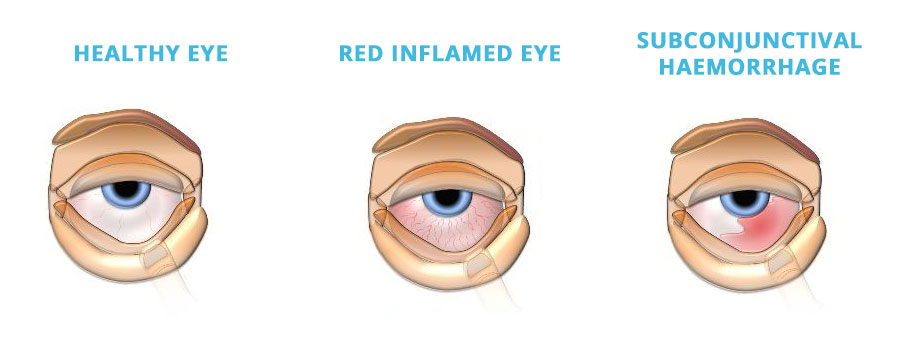Corneal Topography Test
1. What is Corneal Topography?
Topography literally means the study of the forms and features of land
distribution. A corneal Topography is one in which we map the shape of the cornea (the
front , transparent structure of the eye) to look for irregularities or abnormalities in
its surface.
2. Who Needs a Corneal Topography?
A Corneal Topography is done to check for abnormal shape of the cornea. Corneal
shape needs to be checked in the following situations
- Before doing LASIK
- It is most essential to do a corneal topography for Pre LASIK
patients in order to
check abnormal shape since LASIK will modify the shape of the cornea with the laser.
- Before opting for Multifocal Cataract Surgery– this scan provides
invaluable
information as to whether the patient is fit for Multifocal Intraocular lenses in
Cataract surgery.
- Frequently changing spectacle power and High cylindrical power –
where we want to
rule out the presence of a corneal disorder called Keratoconus.
- After a Corneal Transplant
- Corneal scars post infections
- Before contact lens trial
3. What Topography machine do we have at Jehan Eye Clinic?
Jehan Eye Clinic is equipped with the Tomey TMS 4N Topography system from Japan.
Known for its resolution, accuracy and corneal coverage of over 60,000 data points on
the cornea, this is additionally equipped with Fourier analysis and Keratoconus
screening software.
4. What is the procedure for doing a Topography scan ?
This is a non invasive scan which takes place in the consultation room of the
Doctor and taking the images lasts a few minutes only.
Dr Kareeshma Wadia routinely works with Topography scans of different
machines eg. Pentacam, Sirius, Orbscan and is well versed with interpretation of each.
To schedule an in-clinic appointment or teleconsultation, call us on +917045658586 or
write to us at jehaneyeclinic@gmail.com
Eye Infection
 Image description
Image description
1. What is a stye?
A stye is a common eye infection of the hair on the lashes of the lids. It can
be treated with appropriate drops/ointments and occasionally oral medications may be
required. Recurrent styes maybe a sign of undetected underlying diseases like Diabetes
Mellitus.
2. Why has my stye has not gone for the past few months?
A persistent and yet non-painful swelling on the eyelid is called a “Chalazion”.
These are often mistaken for a stye. This kind of eye infection is a sign of chronic
inflammation and can be treated medically. If no improvement occurs, then rarely they
maybe required to be incised and the accumulated material can be removed by a simple and
short surgical procedure.
3. My eye is red, why can’t I just take a medicine from the pharmacy?
Red eyes may not always imply an eye infection. They may also be a sign of
allergies and immune reactions in the eye. Even conditions like raised eye pressure may
present with redness and pain in the eye. The treatment of each of these conditions
differs drastically, and so a red eye always requires an eye check up by a Doctor.
4. I have conjunctivitis, but why is my vision now blurred?
Often, red eyes are self – diagnosed by people as Conjunctivitis. Typically,
infective conjunctivitis is an infection of the thin layer covering the white portion of
the eye. It is accompanied by watering and/or yellowish discharge from the eyes.
Occasionally, a viral Conjunctivitis may also involve the cornea of the eye. This is
called Keratoconjunctivitis. In this eye infection, vision also may get blurred, and may
take few days to weeks to completely clear even after the redness settles.
Any eye infection treatment first requires a complete eye check up.
Dr. Kareeshma Wadia routinely performs all these procedures. Speak to her for more
details on what is the best option for you.